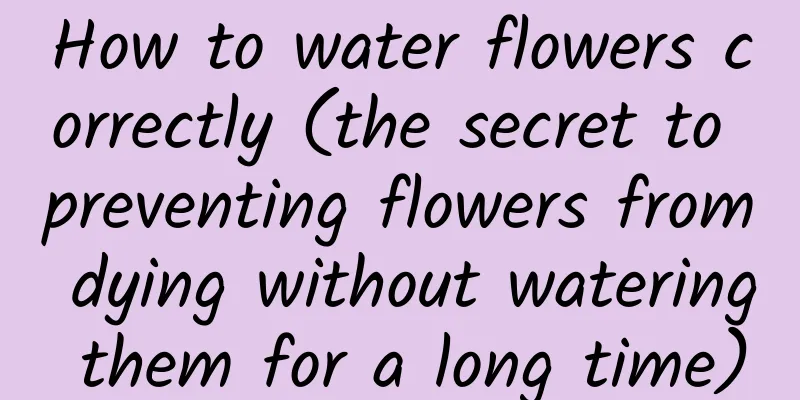The reproduction of variegated trachelidon

Cutting propagation of Trachelospermum variegatedeCutting propagation is a commonly used propagation method for variegated Trachelospermum. It is relatively simple to propagate variegated ivy by cuttings. Cuttings can be carried out all year round, but spring and autumn are the best time for cutting propagation. It is also possible in summer, but the branches of variegated ivy are prone to rot. If you want to carry out cuttings in winter, you need to take certain heating measures. When taking cuttings, choose a suitable container and put in a cutting medium made of a certain proportion of perlite, peat and vermiculite. Cut branches of appropriate length, leaving 2 to 4 leaves, and insert them into the soil. After cuttings, maintain a suitable temperature and pay attention to shading. After about 15 days of maintenance, it will take root. Pay attention to the growth conditions of variegated ivy to avoid disease and death. Overall, the best way to propagate variegated ivy is by cuttings. The cycle of cutting propagation is shorter, the growth is faster, and it is easier to survive. Moreover, the variegated ivy is propagated by cuttings, which can reproduce more plants on a large scale. Layering propagation of Trachelospermum variegatedeWhen propagating variegated ivy by layering, you can use old branches or young branches. Old branches can be layered in spring, and young branches can be layered in summer. Press the branches of the variegated ivy into the soil and wait for them to slowly take root. When the roots grow out and the new shoots grow to a certain extent, separate them from the mother plant and replant them. However, relatively speaking, layering propagation is slightly more difficult than cutting propagation. Tissue Culture of Trachelospermum erythrorhizonTissue culture is also a method of propagation of variegated Trachelospermum. However, compared with cutting propagation and layering propagation, tissue culture method is more difficult and has a lower success rate, so not many people adopt the tissue culture method. |
>>: How to reproduce snowdrops
Recommend
Peony likes the sun or the shade. Plants that like the sun or the shade.
Do peony flowers prefer shade or sun? Peony is a ...
How to save seeds of cockscomb
Cockscomb seeds Cockscomb is a common annual herb...
Best time to prune banyan trees
Banyan tree pruning time It is best to prune bany...
What plants are good to plant on the balcony
1. Asparagus fern The branches of asparagus fern ...
How to trim cut roses to make them look good
When is the right time to prune cut roses? For cu...
How to Plant Cat Grass Seeds
Cat grass seeds introduction Generally, cat grass...
What soil should be used to grow white palm
1. Soil requirements (1) Looseness: Meeting this ...
How to grow hibiscus well
1. Lighting Hibiscus flowers like light and requi...
Can sunflowers be grown indoors?
Can sunflowers be grown indoors? Sunflowers can b...
How often should I water the spider plant? How much water should I water it at a time?
Introduction to Chlorophytum Chlorophytum likes w...
Seed propagation of butterbur
Method of propagation of beeswax by sowing soil W...
What to do if the leaves of kumquat tree turn yellow
1. Physiological leaf fall If no wrong maintenanc...
Can I grow purple bamboo at home?
Can I grow purple bamboo at home? You can plant p...
How to make papaya milk
1. Prepare milk Just prepare pure milk, pay atten...
Can vermiculite be used as flower soil? Is it good to add vermiculite to flower soil?
Can vermiculite be used as flower soil? Vermiculi...









